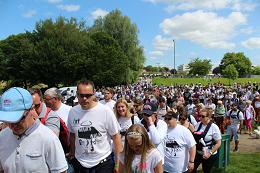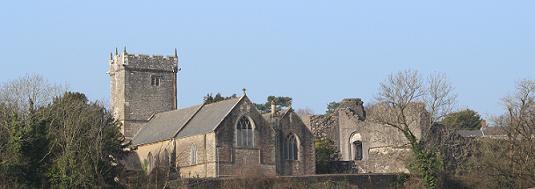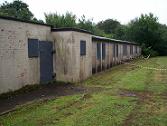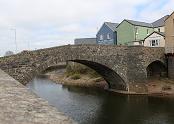






 Bridgend
the town by the river
Bridgend
the town by the river
General Gardening Tips for
May!

At the other extreme, if the weather is sunny and dry, don't neglect your watering. Most flowers and shrubs need a supply of water each week to perform well, and newly planted seedlings will perish if their roots are allowed to dry out.
SHRUBS
and TREES
PERENNIALS, ANNUALS and BULBS
THE
LAWN
HOUSEPLANTS


May
Flowering

Azalea ' Hot Shot'
Bridgend History

The Old Post Office Garage

Royal cipher E VIII R. 1936

Bridgend ROF 53

Hut 9

Island Farm

The Old Historic Bridge

Newcastle Castle

St Illtyds Church

Mason Williams clock c1890
~~~~~~~~~~~~~~~~~~
Sponsored by
pegasusforhosting.com
~~~~~~~~~~~~~~~~~~